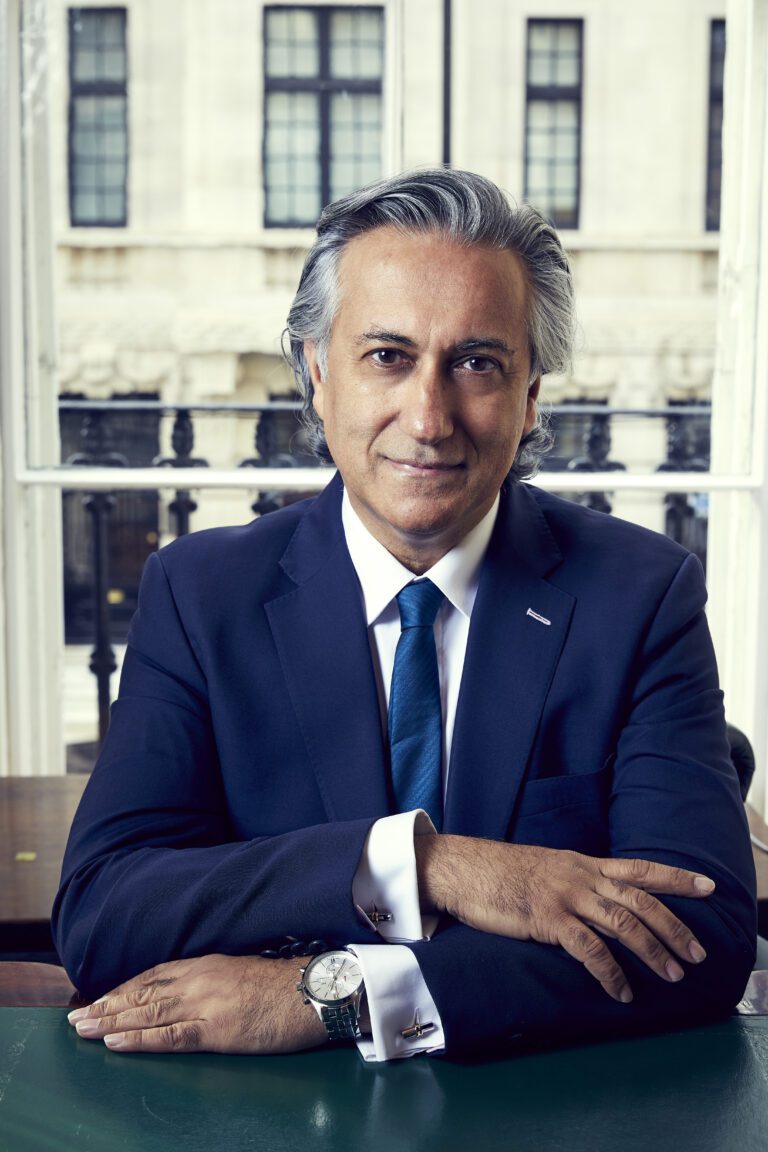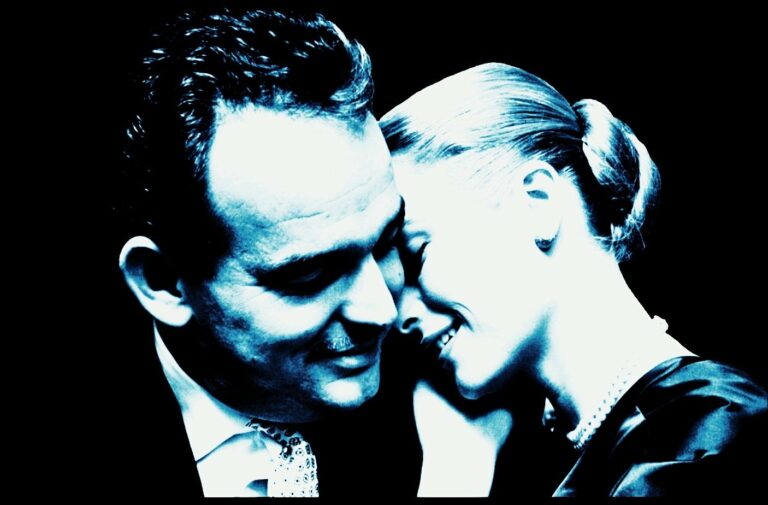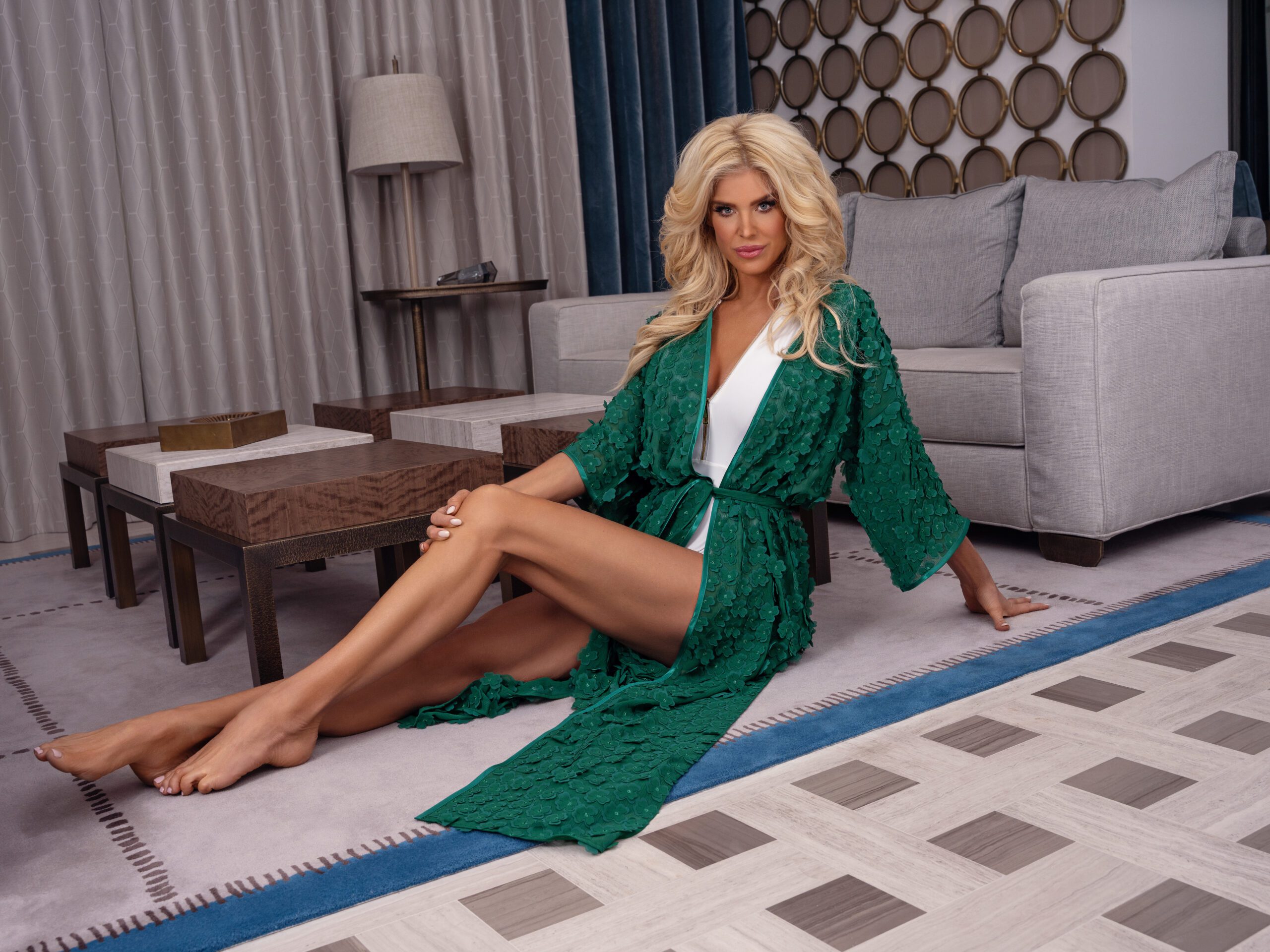New regular column
MB ChB Clinical Director, The Harley Street Skin Clinic, London.
Dr Aamer Khan graduated from The University of Birmingham in 1986 and gained a knowledge of human psychology, psychiatry, surgery and dermatology before deciding to become a full time cosmetic doctor in 2005. As co-founder of the award-winning Harley Street Skin clinic with his wife Lesley Reynolds, Dr Khan has dedicated the past 17 years to performing cosmetic and non-surgical procedures to help thousands of men and women look and feel as good as they can inside and out. By combining his technical skill and aesthetic vision he achieves outstanding results and is renowned for his finely-tuned aesthetic eye and subtle approach to cosmetic enhancement. As a result, Dr Khan is the go-to advisor for a large celebrity clientele, an industry commentator in the press and a regular guest on television and radio.
Dr Khan is author of the best-selling book titled ‘Turn Back Time’ (John Blake publishers) in which he shares his advice on how to optimise good health as you age. The book busts some of the myths that we have all come to trust and is full of practical, personal and expert advice on the right exercise and nutrition to help find the right balance in life. Turn Back Time is now a complete programme for leading a healthy life offered at his clinic at 48 Harley Street. Dr Khan’s recent academic work ‘Regenerative Medicine in Aesthetic Treatments’ (CRC Press) focuses on the pro-active use of stem cells and their growth factors in the field of aesthetics to reverse the ageing of tissues and repair scarring to an unprecedented level.
HAIR LOSS: SIGNS, SYMPTOMS AND SOLUTIONS
There are few things more alarming than seeing strands of hair collecting at the bottom of the shower, coming out more than usual in a hairbrush or making random appearances in every place from the bedroom pillow to the back of a jacket.
While it’s normal to lose anywhere from 50 to 100 strands of hair a day, any more than that can indicate an issue. And, nowadays for many women, losing their hair appears to be a growing problem. While hair loss is usually associated with men, more and women are now seeking help for thinning locks. According to the NHS, eight million women experience hair loss in the UK and at our clinic, we’ve seen a 60 per cent increase in female hair loss enquiries in the last year.
For a woman, more so than for a man, hair is a crucial part of their personal style, and therefore losing hair can be a very traumatic experience. The psychological damage caused by hair loss and feeling unattractive can be just as devastating as any serious disease and can take an emotional toll that directly affects physical health.

Know your hair loss
*Androgenetic Alopecia or female pattern hair loss (FPHL), Often genetic and also hormone driven, so common after pregnancy and the menopause. It causes thinning all over the scalp and decreased volume in hair strands with patches of scalp showing through
* Telogen Effluvium – also known as hair shedding
Stress, extreme dieting, depression and illness can contribute hair thinning all over the scalp
*Traction Alopecia
Caused by hair styling like tight ponytails, braiding, weaving or hair extensions, which put excessive stress on the roots of your hair follicles by constantly pulling them outwards.
* Alopecia areata
Occurs when your body rejects your hair. It is thought to be an autoimmune problem, so is more common in those with thyroid problems, vitiligo or diabetes. It can take the form of one or several bald patches.
There are a multitude of reasons why the healthy
hair growth cycle can be interrupted including stress, genetics, hormones, poor nutrition, and excessive styling or harsh chemical treatments. Even the pandemic has been blamed for the fallout. Although the jury’s still out on whether the virus itself impacted hair loss, some experts believe it’s the physiological and emotional stress that accompanied Covid as the leading reason why more people suffered hair loss. It is also important to rule out any underlying health issues such as diabetes, anaemia, underactive thyroid, polycystic ovaries and dermatological causes such as psoriasis or fungal infections. For many women getting older is often the main trigger with thinning hair accelerating during and post menopause. Older hair is naturally thinner and falling levels of the female sex hormone oestrogen mean the male sex hormone dihydrotestosterone becomes more dominant.

This is the hormone that causes men’s hair to fall out and it has the same effect in women as well as affecting hair growth and texture, called ‘androgenetic alopecia‘. In addition, the hair’s shape becomes more irregular, leading to changes in flexibility and manageability. Lastly, the scalp produces less sebum as we age, which can lead to dryness as well as atrophy of the subcutaneous fat layer of the scalp, leading to a reduction of the regenerative cells, including stem cells that are found in this layer.
Yet despite how common it is, for women the subject remains largely taboo and many suffer in silence.
Unfortunately, many of the treatments available for men are unsuitable for women. For example, topical minoxidil can be difficult to apply in long hair and may give a greasy appearance, and oral finasteride or dutasteride is untested in women and may result in unacceptable side effects. For a small number of women, hair transplantation may be considered, however the nature of the hair loss in women usually means that locating suitable donor sites is challenging, and the resulting grafts may not be effective.
However, the good news is hair health is one of the fastest growing areas of the aesthetics and beauty industry with newly launched advanced high-tech treatments and products to help boost volume and restore a full head of hair. Here’s how to stay on top.
Aesthetic Treatments
*PRP Therapy – Hair Treatment for Thinning Hair
Platelet-Rich Plasma Therapy (PRP) system uses platelet rich plasma from blood to help stimulate hair follicles. The method has in fact been used for many years in other branches of medicine regarding improvement of joint function; wound healing, treatment of sport injuries and increasing the speed of healing of skin damage.
How it works: Around 60-120ml of venous blood is taken from the patient. This is processed and separated using the Angel PRP device to provide a highly concentrated solution of PRP. These platelets are then injected into the scalp which release growth factors stimulating cells to regenerate by increasing blood flow to the scalp, which can reawaken dormant hairs to stop active hair loss. For some patients grafting autologous fat nano grafts to the scalp (called AAT) is another new treatment that can help replenish the stock of regenerative cells, and so improve follicular and scalp health.
Results: Most patients will not see visible improvements
for at least three months, with most starting to see results at four to
six months. This will continue to improve over the subsequent 12
months and while treatment courses can be repeated at any interval, we generally recommend repeating treatment at between 12-18 months depending on the results.
Lifestyle tips for healthy hair
*Boost your Vitamin D levels with a supplement as research shows that women suffering from hair loss have much lower levels of vitamin D.
* Avoid crash diets, which can rob the hair of essential nutrients and trigger hair thinning and hair loss. If you’re vegetarian or vegan, up your protein intake from eggs and dairy such as cheese and yogurt, ideally organic. pulses and legumes such as lentils or chickpeas. It is important to
pair these with a grain such as quinoa, rice or buckwheat to get a complete vegan protein source. Other key nutrients that can also be lower in vegan diets are zinc and iron, so it is important to soak sprout, pulses, legumes and grains to increase absorption of these minerals. Increase Omega-3 essential fatty acids, especially if hair is dry and brittle, as these provide oils that keep hair shiny and well hydrated. Oily fish is the highest source of these fatty acids; think salmon, mackerel, sardines, anchovies and pilchards.
*Deficiency in biotin has been linked to greying of the hair and thinning hair. Biotin rich foods include brown rice, soya beans and nuts and seeds. If you have dry, brittle hair boost your intake of essential fatty acids such as oily fish and avocados. Reduced circulation to the scalp can also affect hair volume so eat more Vitamin C and bioflavonoids in fruit and vegetables, which support healthy blood vessels. Regular exercise will help circulation, too.
*Up Iron levels – low levels of iron can contribute to hair loss and thinning of the hair all over the scalp. Ask your doctor to test your ferritin levels .The best sources of iron are meats, beans and lentils, green leafy vegetables and seeds such as sunflower and pumpkin seeds.
*Address stress which can trigger excess hair loss called Alopecia Areta where hair falls out in patches. Try meditation, yoga, walking and getting plenty of sleep. Avoid stimulants like alcohol and coffee and try to deal with the main source of your stress.
*The right haircut can add volume to fine hair so work with your stylist to find a lightly layered look that falls well around your face
Pump up the volume at home
Treat your locks with love. Avoid too many chemical processes and over use of heated hair appliances.
* Use strengthening wash and care products that contains moisture and keratin. Bamboo extract is also great for rebuilding hair too, as well as retaining moisture in the hair. Ingredients to look out for in shampoo for thinning hair. Certain ingredients can help to optimise the scalp environment and may in turn encourage growth. They include: Menthol – a stimulant Piroctone Olamine – an antimicrobial that helps to clear flaking and itching Methyl nicotinate – a vasodilator that can also help to aid in the effectiveness of other ingredients.
*Research has proven that a flaky, itchy scalp can cause and/or worsen hair loss in certain individuals. Hair exfoliating products are a relatively new category but can help enormously towards boosting hair growth by removing dead skin cells, debris, product, sweat and sebum to increase cell turnover.
*There’s various temporary cover up products that are also useful in disguising thinning hair and patchy hair loss and which make the hair appear thicker. They come in a variety of colours and formulas. Simply style your hair and spray or brush over the areas.











